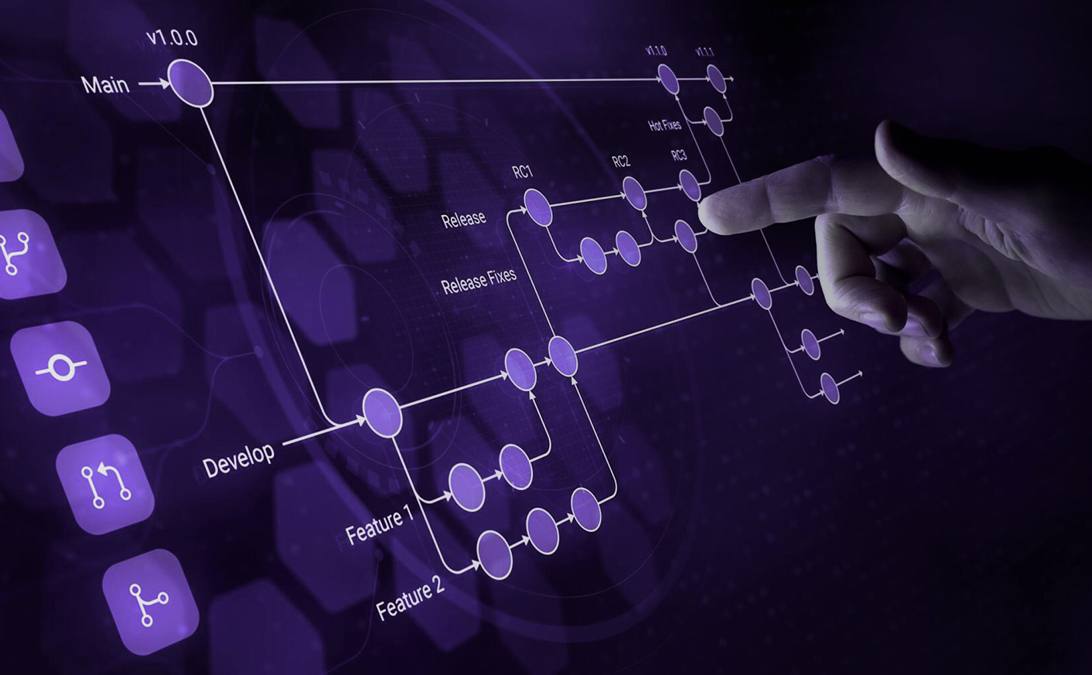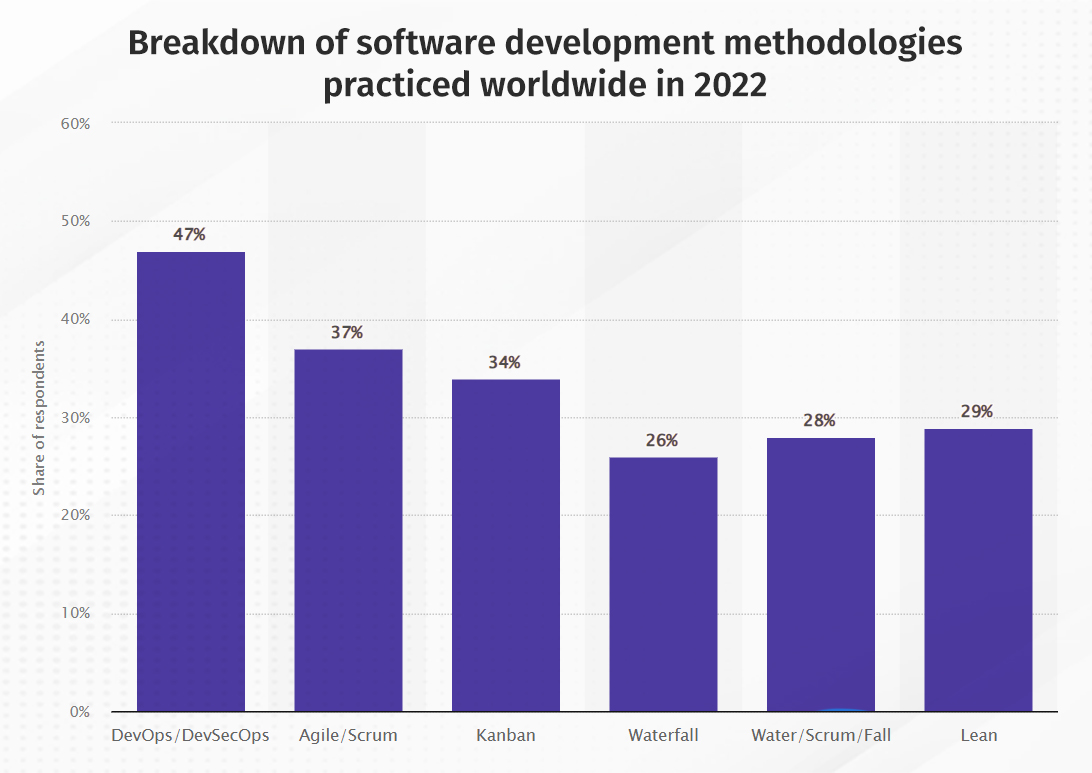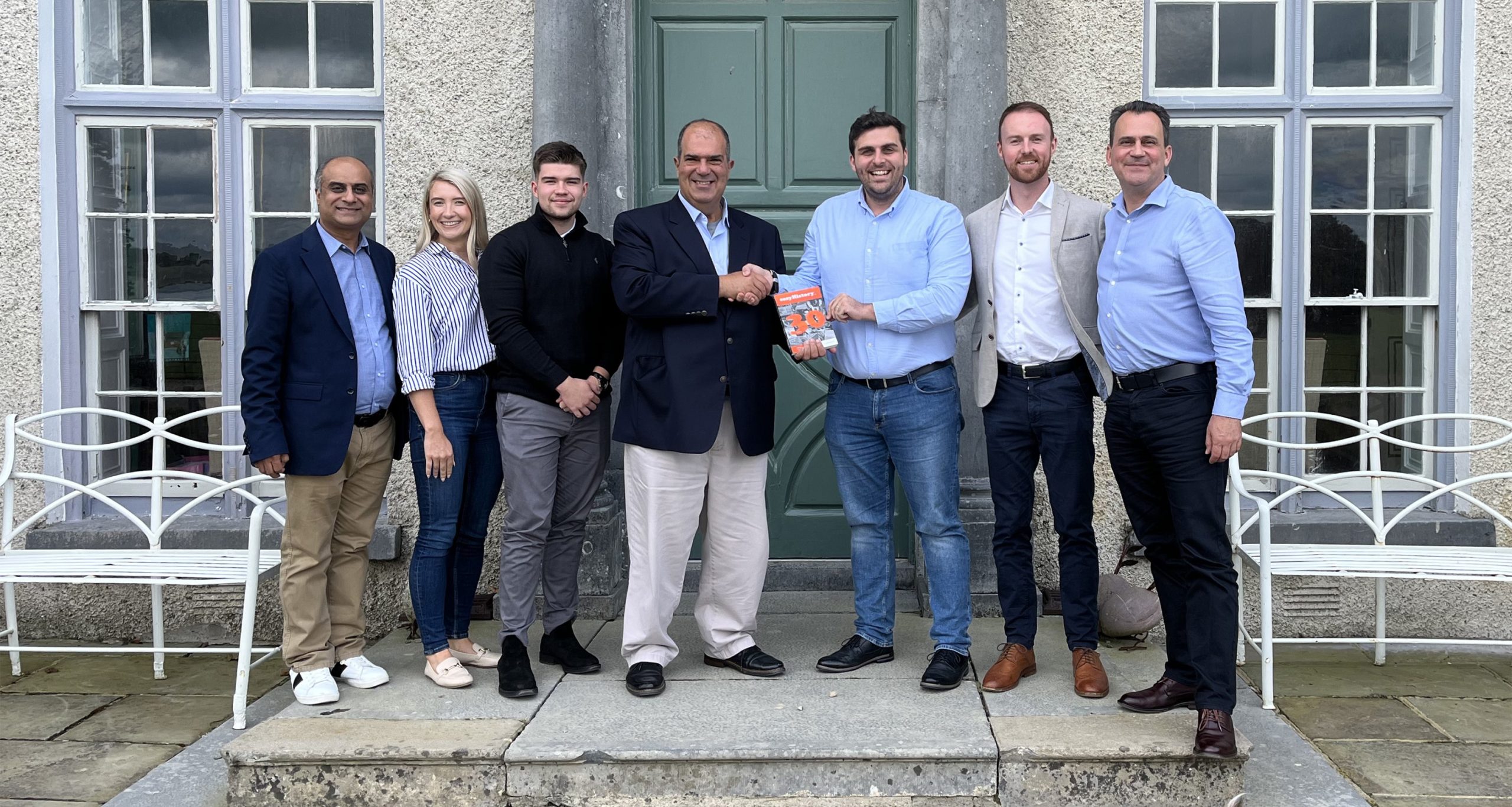
What is Software Development? A Comprehensive Guide
15 March 2024
Most businesses nowadays view software as an ideal tool for automating key operations and boosting productivity, growth, and revenue. Building software applications for the first time can be tricky, as it is a multifaceted process involving several key factors.
The process usually requires transforming an idea into a fully functional digital product, whether a website, a mobile application, a Cloud solution, or another. Studies show that people spend up to 6 hours online interacting with different kinds of software solutions.
This makes bespoke software development a vital strategy for connecting with the target audience. This blog helps you understand software development and the processes involved in building it.
What is Software Development?
Software development is an intricate process of building digital applications that resolve key operational and business problems. It encompasses everything from simple web apps to complex enterprise-grade Cloud computing solutions.
Building software means translating users’ requirements into functional digital applications. Software developers use various technology tools like programming languages, libraries, frameworks, and development methodologies to craft ideas into valuable digital products.
To develop software its to make end products that are user-friendly and reliable. Different software development projects have varying purposes, but most involve the following:
- Boosting productivity
- Streamlining business operations
- Enhancing customer service
- Embarking on innovation
- Staying competitive and up-to-date with the technologies
Custom software development benefits like seamless scalability, high security, and boosting productivity, draw attention from diverse business industries to build them; however, before you own software, you must gain a sound understanding of the software development lifecycle & project management.
What is the Software Development Life Cycle (SDLC)?
Software development life cycle, or SDLC, accounts for all software-building processes. The primary goal of SDLC is to streamline the software development process and offer guidance to developers. It aims to split up the various aspects of the entire process into different phases, ensuring nothing gets missed amongst the development team.
Splitting the tasks into different phases helps focus on the project’s primary goals, ensures maximum resource use, and boosts productivity. The SDLC model also provides scope for the team to communicate with each other and a healthy production environment.
5 Stages of SDLC are Involved in the Software Development Process
Agencies providing software development services follow five stages to develop software. These stages span from research and analysis to design, coding, launch, and maintenance. The software industry relies heavily on proper coordination between the development cycle and the development teams for effective software development.
Stage 1- Requirements Analysis of the Software Idea
The software development life cycle begins with analysing business needs and gathering project requirements. Project planning also involves establishing the final expectations from the project. Existing legacy systems in place are analysed to identify the software’s functional features and project constraints.
Stage 2- Design and Development
At this phase of the software development process, the blueprint of the project is crafted, encompassing the architecture, the interface designs, and more. At chilliapple, a software agency, we create user-friendly interface designs and get prior approval from the clients before passing the designs for code development.
Further, the software developers start working on the project’s code with the best development tools and practices. They write the code based on the designs, which address all the functional features of the software. This phase of the software development life cycle takes care of various aspects like quality standards, third-party integrations, and more.
Stage 3- Testing Phase
Once the code is ready, the software undergoes rigorous testing to detect and eliminate bugs and resulting issues. The main aim of testing is to optimise its quality, speed, performance, and security assessments.
Typical testing methods involve a mix of automated and manual testing. This includes passing the software through unit, integration, performance, and functional tests. Software engineers should be expected to conduct security assessments of the software code and perform an in-depth architecture analysis to eliminate vulnerabilities.
Stage 4 – Deployment
Once the software is tested thoroughly, it undergoes deployment to the end-users. The deployment process involves following the standard checklist of the operating systems and various platforms. For example, if you launch a mobile app, the app configurations must meet the standards of iOS and Android.
Stage- 5 Maintenance and Support
Post-software deployment, the application needs ongoing maintenance, which involves providing support, updates, and performance enhancements. This helps ensure that the software meets end-user requirements and is aligned perfectly with evolving user needs.
Different Software Development Life Cycle Methodologies
Building the software also involves choosing a suitable SDLC model that will align with the project requirements and help the team work efficiently. The popular software development lifecycle models are DevOps, Agile, Waterfall, and Iterative. The infographic below provides insights.

Let’s study the best SDLC models in detail.
1. DevOps Model
Under the DevOps model, the end users of the software and the development team coordinate to create a compatible digital product. This model follows some agile principles and is ideal for building software focused on the target audience.
The only drawback of this methodology is that it depends heavily on communication and collaboration. The ideology fits perfectly for meeting the client’s needs.
2. Agile Model
Agile is counted among the most common methodologies in the software development world. It is easier to build a robust software product with this methodology as it accounts for continuous user input in the development phase. So, the software can be easily adapted to the user’s needs.
The project goals are established with regular meetings, which are also called scrum. The established goals are defined to be met under established periods called sprints. Agile is one of the best strategies behind successful bespoke software development solutions.
It helps make phenomenal solutions with less development efforts and deploys standard security assurance activities.
3. Waterfall Model
Another significant method for managing software development project plan is the waterfall model. It is one of the most traditional software development methods, in which the previous project phase leads into the next phase.
The Waterfall is a reliable model as it lets the developer team focus on one phase at a time, but it often increases the budget and requires much more time than the other SDLC models, which makes it unsuitable for most projects.
4. Iterative Model
Under the interactive SDLC model, the engineers build a piece of software and continue building on the foundations. After the initial development, the team updates the software with new functional features. This model is perfect for building large-scale applications where users will have something to play with as an early version of the product. The iterative model is also ideal for MVP product development.
Software Development – A Summary
There are various stages to the software development lifecycle, complexities to the process of building software including proper planning, designing, coding, launch, and maintenance, as well as a choice of methodologies to ensure the final result is on time, on budget and on spec.
At chilliapple, we offer dedicated software development services to transform your ideas into valuable digital solutions. Our expert development team can help you with end-to-end future-proof builds with no jargon, effective collaboration and high software quality code.




